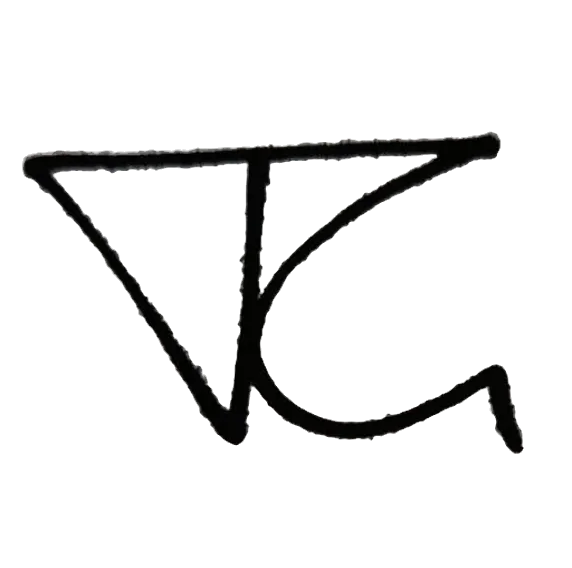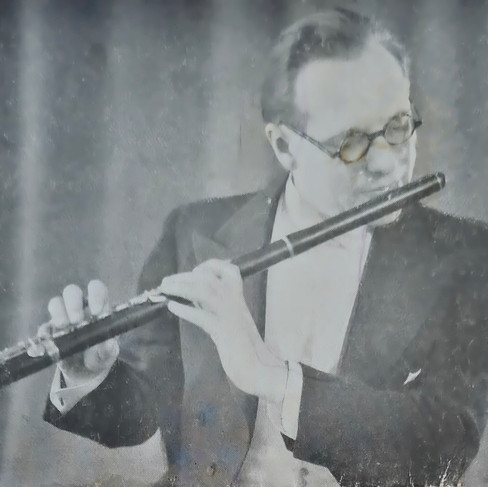India 1936, the Nazis, my father playing flute music by Teleman
- Till Gebel
- Jan 12, 2024
- 3 min read
No, the guy on the left is not my father´s inspiration. My father in 1936, at age 25, was a flutist. And all of this is just one generation ago...

The "Indian Listener" edition of 7th May 1936 is the earliest record as musician my brother could find of him. Later, he would establish his own chamber music ensemble and travel Europe before and after the war.

In India 1936, while the Nazis began their ascent, my father was given a chance to be heard playing flute music (by Teleman?) . He was squeezed between the Reichswehr-Band, Hitler-Jugend music and readings of Nazi-literature by Robert Ley who had a major propaganda function in Nazi Germany.
This was my father a few years later, with his flute, and as soldier (he was responsible for food logistics).
I remember him practising when I was very young (around 4-6). These pieces are challenging. I also remember the touch and feel of his wooden flute, with the metal keys, and later my unsuccessful attempts to play a simple melody on it.
On the Indian radio programme, he probably played Georg Philipp Teleman. This music might have been listenable to Indian listeners, who also know the flute as solo instrument.
Below is a modern flute solo piece ("Night Music for Solo Flute") (by a famous Indian composer, Vanraj Bhatia. It´s interesting for me to hear the playing techniques, the breath, and to see the body motion that I remember from my father.
This music doesn´t sound traditionally Indian; it doesn´t use the complex Indian tonality and scales . It sounds sometimes more like early 20th century European music. Sometimes with Chinese influence.
If you prefer quiet Indian modern flute solo music for meditation, below you find some. Although there is some drone sound below it, so it´s not quite solo.
I selected it more or at at random, but I find it actually quite good music, for its purpose: it is not the endlessly looped electronic new age kitsch music, of the kind swamping Youtube. The flutist occasionally uses Indian half-tone scales, and never leaves the space of quiet calm.
Back to 1936: if you wanted to go to a concert by road and had money, you could buy the Willys "77", "there is no road in India too bad for the car". The car was sold at a price below $500 in the US, making it the cheapest American car of its era. In today´s money that´s ca 10.000 USD.
The 77 had a top speed of 65 mph, "which made it a good base for equipping a racing car" according to Wikipedia. The Indian ad generously rounds the top speed up to 70. On Indian streets, I guess no one dared to max it out.
Also, the ad adds a few miles per gallon: Wikipedia only names 25 miles / gallon, the advertisement makes it 30-35 miles / gallon. Well it´s India.

Otherwise you could listen at home to the Radio Triumph All-Wave Radio.

Hard to believe that my father lived in that time, fully conscious as a human.
And now, I have 7 million pieces of music at my disposal at my fingertip for 10 Euro/month and converse with AI for free (well the "free" might need to be discussed).
It´s only two generations connecting these times. His wife, my mother, is still alive.
There is still war.
How incredible!
Btw my father would still play the flute in 1941 in Innsbruck, during the war. The Nazis were just announcing that the Brits were fleeing the Greece, in a "second Dunkirk", while in Innsbruck people listened to Baroque music.










Comments